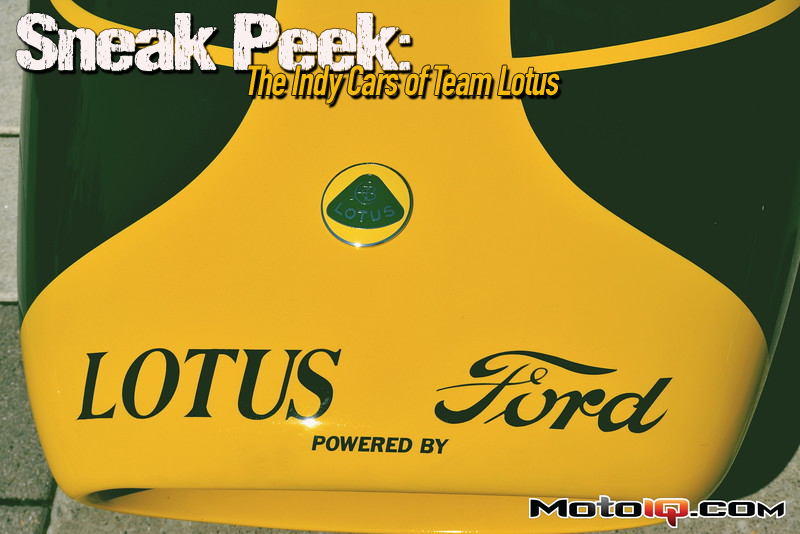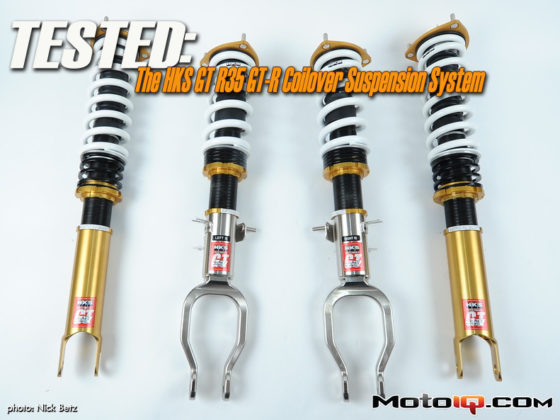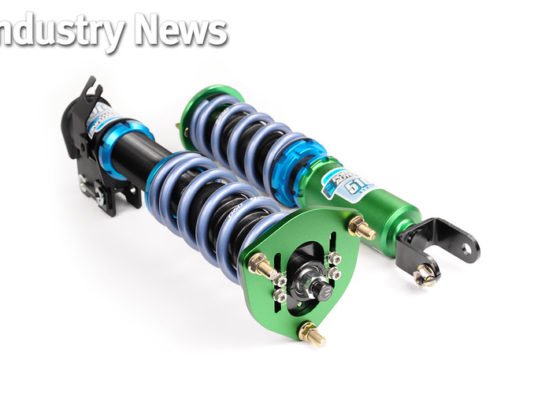,

Parnelli Jones convinced Colin Chapman to design the Type 29 and compete at Indy. Jones knew the Coventry Climax would not be powerful enough to beat the roadsters, so he helped broker a partnership between Lotus and Ford, who had developed an all-aluminum V8 that would fit the new Type 29 perfectly. The engine is loosely based on the Ford Fairlaine engine. A DOHC version of this engine was in development, but was not ready for Indy. Instead, this engine is still a cam in block pushrod motor. Ford developed the motor with Hilborn fuel injection, but Lotus opted for Weber carburetors instead (so British…), with which the team was more familiar. The 4.3L engine produced 400 hp, plenty to handle the blown Offy 4s and Novi 6s. (Photo Credit: Karl Zipf Jr)

Power was fed through a ZF 4-speed sequential transmission. All of Lotus’s Indy Cars used this transmission. It was simple, strong, and allowed mounting of the rear suspension with an adapter plate. (Photo Credit: Karl Zipf Jr)
 The rear control arm assembly is a bit odd today, but would be standard for much of the 60s and 70s. The forward links transfer the braking and acceleration loads to the front of the body, preventing those loads from twisting the engine too much. In the days when engines were not designed to be stressed by the chassis and suspension, this was an important design feature. Most of the cornering load goes through the gearbox housing and is transferred to the opposing suspension members, again helping to limit the chassis loads on the engine block. Unlike the front, the rear damper is directly actuated by the control arm. The rear swaybar is non-adjustable, but present. Also check out the driveshaft: seems CV joints weren’t available in 1963. Two piston disc brakes were used on all four wheels. While braking at Indy is only done in the pits, which had no speed limit in 1963, Chapman opted for the biggest brakes 60s money could buy. Rotors were solid with no vents, drilling, or slotting. We could not find specs on the rotor diameter, but judging by the wheel size, they’re around 13”. The uprights appeared to be formed and welded sheet metal. Most cars used cast uprights in the 1960s, but the lightening holes suggest sheet metal was used. Sheet metal would be much lighter than cast aluminum.
The rear control arm assembly is a bit odd today, but would be standard for much of the 60s and 70s. The forward links transfer the braking and acceleration loads to the front of the body, preventing those loads from twisting the engine too much. In the days when engines were not designed to be stressed by the chassis and suspension, this was an important design feature. Most of the cornering load goes through the gearbox housing and is transferred to the opposing suspension members, again helping to limit the chassis loads on the engine block. Unlike the front, the rear damper is directly actuated by the control arm. The rear swaybar is non-adjustable, but present. Also check out the driveshaft: seems CV joints weren’t available in 1963. Two piston disc brakes were used on all four wheels. While braking at Indy is only done in the pits, which had no speed limit in 1963, Chapman opted for the biggest brakes 60s money could buy. Rotors were solid with no vents, drilling, or slotting. We could not find specs on the rotor diameter, but judging by the wheel size, they’re around 13”. The uprights appeared to be formed and welded sheet metal. Most cars used cast uprights in the 1960s, but the lightening holes suggest sheet metal was used. Sheet metal would be much lighter than cast aluminum. Jim Clark qualified this car 5th in the race and Chapman knew that they would have a speed disadvantage to the bigger, faster roadsters. Instead, Chapman focused on efficiency. His lighter cars would use less fuel and need fewer pitstops. In fact, Chapman was banking on making only one stop during the entire race. Halibrand provided the wheels, which used knockoff lug nuts to aid in speedy pitstops. Lotus even designed a pneumatic jack that could be slid under the car to quickly lift it for the tire change (in those days, floor jacks were still the norm). Speaking of fuel, the filler for the tank is actually on the left side of the car. I believe the chrome filler cap just in front of the windhsield is actually for the overflow hose. This would extend the range the car a bit more.
Jim Clark qualified this car 5th in the race and Chapman knew that they would have a speed disadvantage to the bigger, faster roadsters. Instead, Chapman focused on efficiency. His lighter cars would use less fuel and need fewer pitstops. In fact, Chapman was banking on making only one stop during the entire race. Halibrand provided the wheels, which used knockoff lug nuts to aid in speedy pitstops. Lotus even designed a pneumatic jack that could be slid under the car to quickly lift it for the tire change (in those days, floor jacks were still the norm). Speaking of fuel, the filler for the tank is actually on the left side of the car. I believe the chrome filler cap just in front of the windhsield is actually for the overflow hose. This would extend the range the car a bit more.



1 comment
It was NOT Parnelli Jones who convinced Colin Chapman to design the Lotus 29. It was Dan Gurney.